Description
Familiarity with Treatment
Open cholecystectomy is a surgical procedure that involves the removal of the gallbladder through a larger incision in the abdomen. Before the advent of laparoscopic cholecystectomy, open cholecystectomy was the standard procedure for the treatment of gallbladder disease. It was typically performed with an intraoperative cholangiogram, and patients would usually have a postoperative in-house stay of 2 to 6 days .
Procedure
During an open cholecystectomy, a larger incision is made in the abdomen to access and remove the gallbladder. The surgeon carefully dissects and separates the gallbladder from the surrounding tissues and structures before removing it. The procedure may involve the use of sutures or staples to close the incision, and drains may be placed to help with fluid drainage .
Who is it Suitable For?
Open cholecystectomy may be suitable for individuals who have complications during a laparoscopic cholecystectomy, such as severe bleeding or unclear anatomy. It may also be indicated in cases where there is trauma to the right upper quadrant or in rare cases of penetrating trauma to the gallbladder. In some situations, open cholecystectomy may be performed as the initial approach, especially in pediatric cases .
Who is it Not Suitable For?
Open cholecystectomy may not be suitable for individuals who have contraindications to surgery or those who are unable to tolerate anesthesia. The decision to perform an open cholecystectomy is made based on the individual’s specific circumstances and in consultation with a healthcare provider .
Advantages
While laparoscopic cholecystectomy is the preferred approach in most cases, open cholecystectomy still has certain advantages, including:
- Direct visualization of the surgical field, which may be beneficial in complex cases or when there are complications.
- Ability to address any unexpected findings or complications during the procedure.
- Potential for a more thorough exploration of the biliary tree if needed.
Complications
Complications of open cholecystectomy can include bleeding, infection, bile duct injury, injury to surrounding structures, liver injury, scars, and the development of a hernia at the incision site. However, the overall risk of complications is generally low, and the procedure is considered safe when performed by experienced surgeons .
Preoperative Care
Preoperative care for open cholecystectomy involves a comprehensive evaluation by a healthcare provider to determine the need for surgery and the most appropriate approach. This may include medical risk reduction, diagnostic tests, and discussions about the procedure, potential risks, and expected outcomes .
Postoperative Care
Postoperative care for open cholecystectomy includes pain management, wound care, and monitoring for any signs of complications. The recovery period for open cholecystectomy is typically longer compared to laparoscopic cholecystectomy, and patients may need to stay in the hospital for a few days. It is important to follow the healthcare provider’s instructions regarding diet, activity level, and any necessary follow-up appointments .
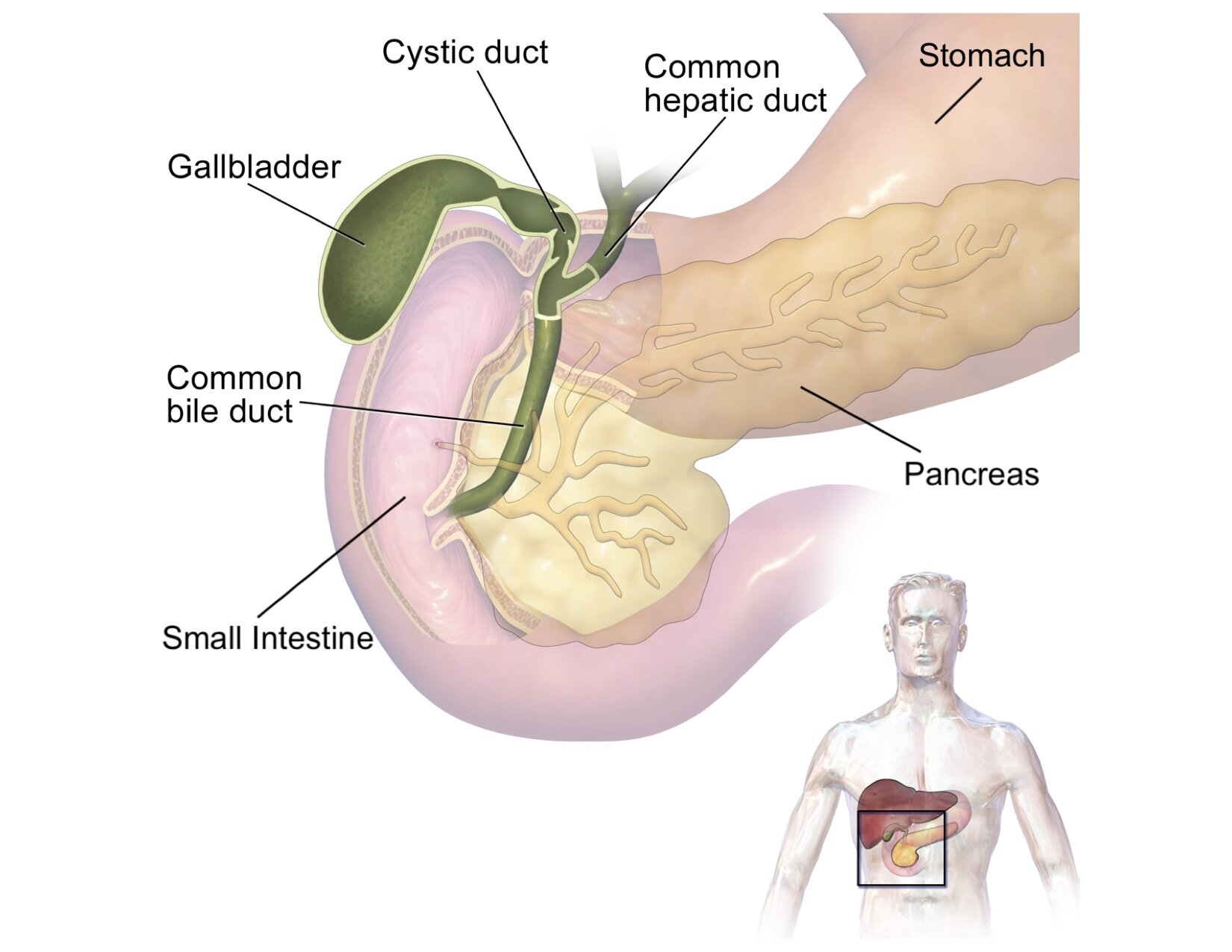
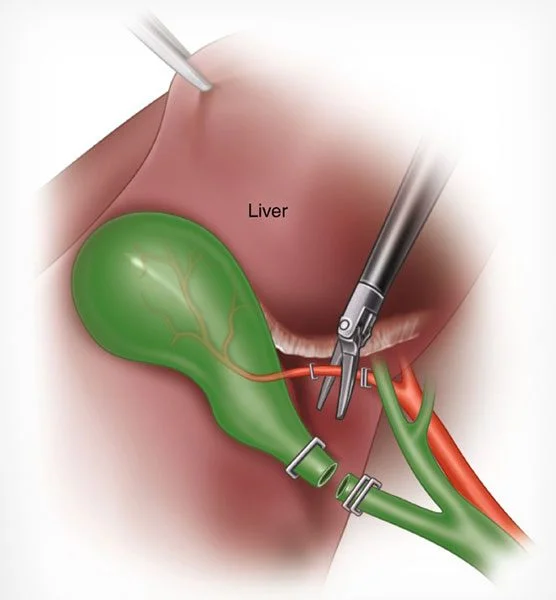
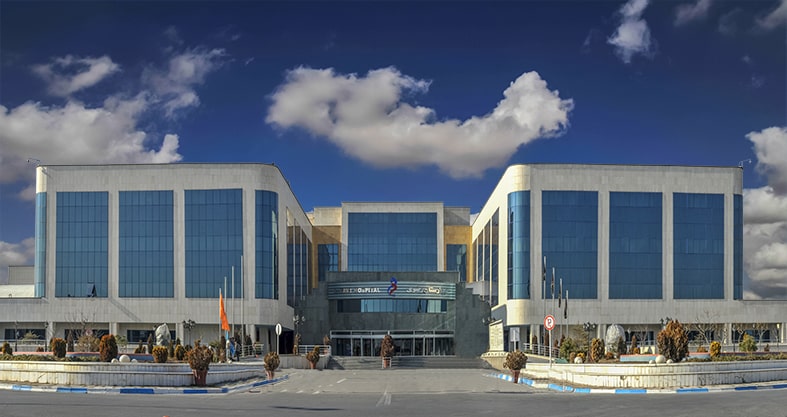

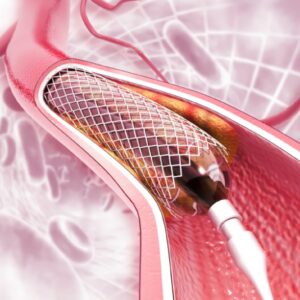
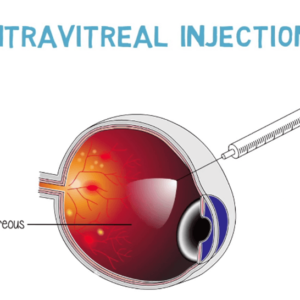
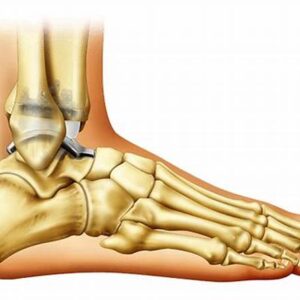



Reviews
There are no reviews yet.